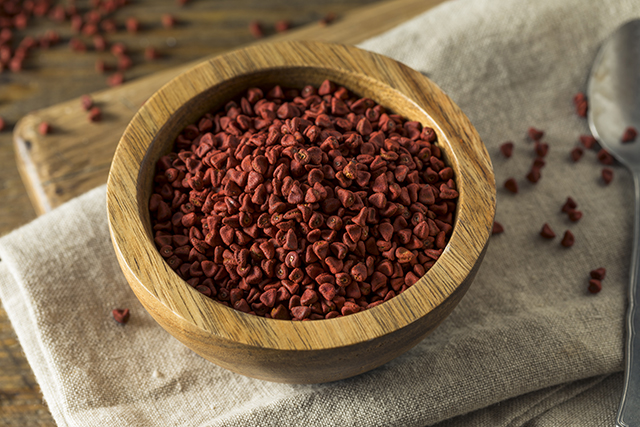Why gym class matters: Playing ball builds bones, balance and muscle strength in schoolchildren
03/05/2018 / By Zoey Sky

The results of a major study by researchers from the University of Southern Denmark and the University of Copenhagen show that the type of exercise that children get in school can boost their physical health.
According to data from the study, schoolchildren aged eight to ten years old “develop stronger bones, increased muscular strength, and improved balance” when they played ball games regularly or if their school activities included circuit training.
The study analyzed the bone and muscle health of 295 schoolchildren from Frederikssund and Copenhagen for one whole school year. During this period, the children took part in the “FIT FIRST” training concept, which assessed the impact of different kinds of intense interval training at school.
Researchers Professor Peter Krustrup from the University of Copenhagen and Assistant Professor Malte Nejst Larsen from the University of Southern Denmark initiated the program, and it was implemented with help from sports coaches and schoolteachers.
For the study, the scientists took note of the physical changes that children who took the normal school PE classes experienced. The data from the first group was compared to the data gathered from children who “had intense exercise on the timetable for two hours a week in the form of ball games on small pitches or ‘circuit training’ consisting of gymnastic and strength exercises using their own body weight.” (Related: Adults and kids buck depression, anxiety and hyperactivity with exercise.)
Professor Krustrup, the project leader, explained that their research revealed that intense exercise at school positively affected bone density, muscular strength, and balance in children aged eight to ten years old.
100% organic essential oil sets now available for your home and personal care, including Rosemary, Oregano, Eucalyptus, Tea Tree, Clary Sage and more, all 100% organic and laboratory tested for safety. A multitude of uses, from stress reduction to topical first aid. See the complete listing here, and help support this news site.
He added that third graders who took part in “ball games three against three or participated in circuit training for 3 x 40 minutes a week” increased muscular strength by 10 percent while their balance improved by 15 percent. The children’s bone density also increased by 45 percent, unlike the control group.
Assistant Professor Larsen, continued that the study determined that bone density in the ball-game group went up by seven percent in the legs and three percent in the body, which is good news for their bone health. He concludes that regular exercise can help schoolchildren’s risk for osteoporosis later in life.
What is the FIT FIRST concept?
FIT FIRST, or “Frequent Intense Training — Football, Interval Running and Strength Training,” is a concept that was developed after Danish researchers spent several years studying “the importance of intensity for effects on cardiovascular and bone health, and the influence of the organisation of sports activities, such as the use of small-sided football, team handball, floorball and basketball on small pitches.” FIT FIRST was developed to determine efficient, “evidence-based and implementable tools” that can improve the fitness and health of children through exercise at school.
The study of the FIT FIRST concept revealed that:
- Bone density in the legs and in the body as a whole went up by 44 and 46 percent, respectively, more in the ball-game group than in the control group. Bone density in the circuit training group increased by 39 percent, or 17 percent more than in the control group. The increase in bone density in the legs was much higher in the ball-game group compared to the circuit training group.
- Bone density in the legs rose by seven percent in the ball-game group, 5.6 percent in the circuit training group, and four percent in the control group. Bone density in the whole body rose by three percent, 2.9 percent, and 2.1 percent for the three groups.
- Muscular strength was measured by a standing long jump/squat jump, and it rose by 10 percent for both the ball-game and circuit training groups. There was no change in the control group.
- Balance improved by 13 percent in the ball-game group and 19 percent in the circuit training group. Once again there was no change in the control group.
You can learn more about the benefits of a proper diet and regular exercise at Naturopathy.news.
Sources include:
Tagged Under: balance, ball games, bone health, children, children's health, circuit training, exercise, FIT FIRST, fitness, gym class, muscle strength, sports




















